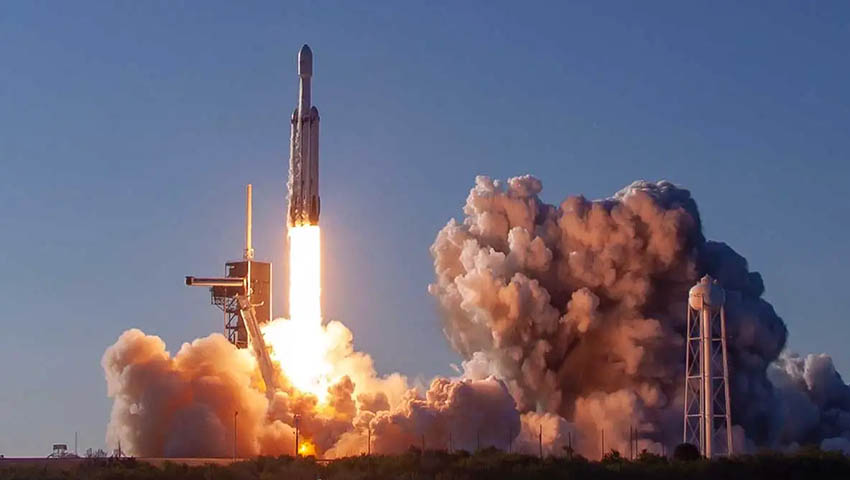Now in its ninth year, the prestigious program is conducted by UniSA in partnership with the International Space University, based in Strasbourg, France. Participants hail from Australia, China, Germany, India, Indonesia, Israel, Italy, Mexico, Romania, Thailand, UAE, the UK and US.
SHSSP program co-director Dr Ady James said there is significant international interest in Australia’s space industry activities.
"There’s been more exposure to what’s happening in Australia and people are interested to see what’s going on here. They are coming to this course because they see future opportunities working in and with Australia," Dr James explained.
The SHSSP is designed for professionals involved in the international space sector, graduate researchers seeking broader knowledge of international space activities, and undergraduate students in the final two years of their studies seeking exposure to the various aspects of space studies.
There are three public events during the month-long program:
- Astronaut and Human Spaceflight Panel with International Astronaut Dr Paolo Nespoli at the Allan Scott Auditorium, City West Campus, from 6pm on Saturday, 18 January;
- Stargazing with guest speaker Paul Curnow from 7.30pm on Monday, 20 January at UniSA Mawson Lakes Campus; and
- Darkness Visible Down Under with guest speaker associate professor Alan Duffy from 6pm on Wednesday, 22 January at the Allan Scott Auditorium, City West Campus.
Dr James said that Australia was well placed to become a leader in southern hemisphere rocket launches.
"Being a large island, we have many more options than other nations in our region and we have the infrastructure, supply chain and the high-tech industries that can support that kind of enterprise," Dr James stated.
The SHSSP is part of an extensive commitment to the space industry at UniSA.
During the program, SHSSP participants will have the opportunity to design and build rockets in teams and then launch them with altitudes of up to 900 metres. Participants will also launch a high-altitude balloon, which will carry a satellite payload designed to simulate a small satellite mission.
The SHSSP program runs until 14 February. To register your interest, click here.

